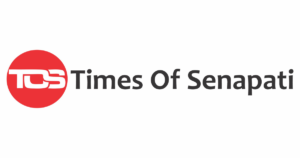NEW DELHI, July 4: In a move aimed at aligning television audience measurement with rapidly changing viewing habits, the Ministry of Information & Broadcasting (I&B) has released a draft policy to revamp India’s Television Rating Points (TRP) system. The proposed amendments, unveiled on July 2, mark a significant shift from the existing framework by introducing competition, technological innovation, and greater inclusivity in viewership tracking.
Acknowledging the growing popularity of content consumption across smart TVs, mobile apps, DTH, cable, and streaming platforms, the Ministry’s draft guidelines propose allowing multiple audience measurement agencies to operate alongside the current monopoly of the Broadcast Audience Research Council (BARC).
The proposed reforms update the existing 2014 policy and aim to dismantle restrictive provisions that have hindered market competitiveness and technological advancement. Among the key changes are the relaxation of conflict-of-interest clauses that currently limit broadcasters and advertisers from investing in rating agencies, while simultaneously strengthening the governance norms for such organisations.
One of the most pressing concerns the policy seeks to address is the limited coverage of the current TRP system. Presently, only about 58,000 people-meters are deployed across the country—covering a mere 0.025% of India’s estimated 230 million TV households. This narrow sample size, coupled with the system’s inability to track viewership on connected devices, results in skewed audience data that doesn’t reflect modern viewing behaviors.
The draft policy outlines steps to create a more competitive and technologically advanced environment, where emerging players can introduce new methodologies, improve data accuracy, and better represent viewer preferences in today’s digital-first era.
The Ministry has invited feedback from stakeholders including broadcasters, advertisers, and viewers. Comments can be submitted via email to sobpl-moib@nic.in within 30 days of the draft’s publication. The full text of the proposed amendments and existing guidelines is available on the Ministry’s official website.

